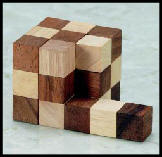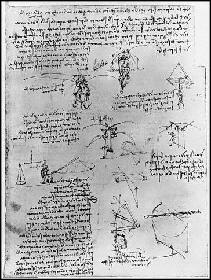www.design-technology.info




















Puzzles and games belong to an era when electronic toys were far less available and yet there is a quality about them that keeps an interest alive in many different age groups. From a manufacturing point of view they can be cheap to make - using wood and metal and their interest generally lies not in their simplicity or complexity but in the challenge they represent.
This mini-project involves the stages of a more detailed type of task in that it contains all of the stages of the ‘Design Cycle’ You should firstly write a Brief that states what you are proposing to make. Will the puzzle be a ‘one-off’ product or will it be part of a compendium of puzzles ? If it is to be part of a larger group that will be marketed together then each component of the set should be costed and carefully thought about since they will also need to be marketed in some kind of presentation box. The overall price of the final product will need to be acceptable to the ‘target market’ and a questionnaire would be useful to help find this out. The results of any questionnaire should be presented using suitable charts and is a perfect opportunity to show off skills with spreadsheet programmes like ‘MS Excel’.
This mini-
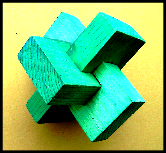
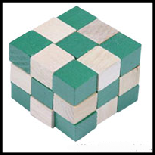

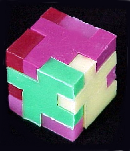


Some research into the type of puzzle you might make would also be useful. Puzzles have been made for many years and learning from the experience of others is a very wise activity into which to engage


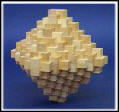
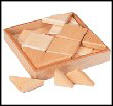
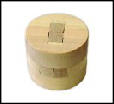
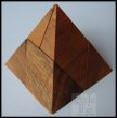
Take a tip from some of the great designers of the past in the way that you present your research of such diverse designs as those that are shown here. Annotation is essential if your thinking about what you have found is to be seen and understood. It isn’t enough just to add a few pictures, the price and a comment that ‘this picture shows a wooden puzzle’. Usually the person looking at the project sheet doesn’t need to be told the basics about what it is they can see in front of them ! Look at these Leonardo de Vinci sketches and notice how much description has been added to explain the details of what can’t be easily seen in the pictures that have been drawn.
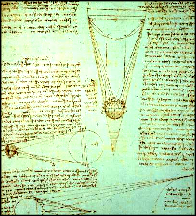
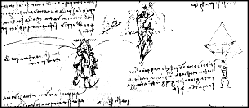
An A3 sheet or two should allow you to examine different types of puzzle and perhaps give initial ideas for original ones of your own.
It should be fairly obvious by now that puzzles have certain features that should be included for them to be successful products.
Make a bullet-pointed list of features in a good presentation format to be your SPECIFICATION for your own product. It will be against this specification that your final analysis and EVALUATION will be written.
Make a bullet-

